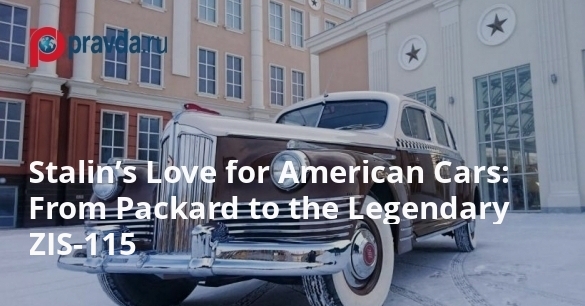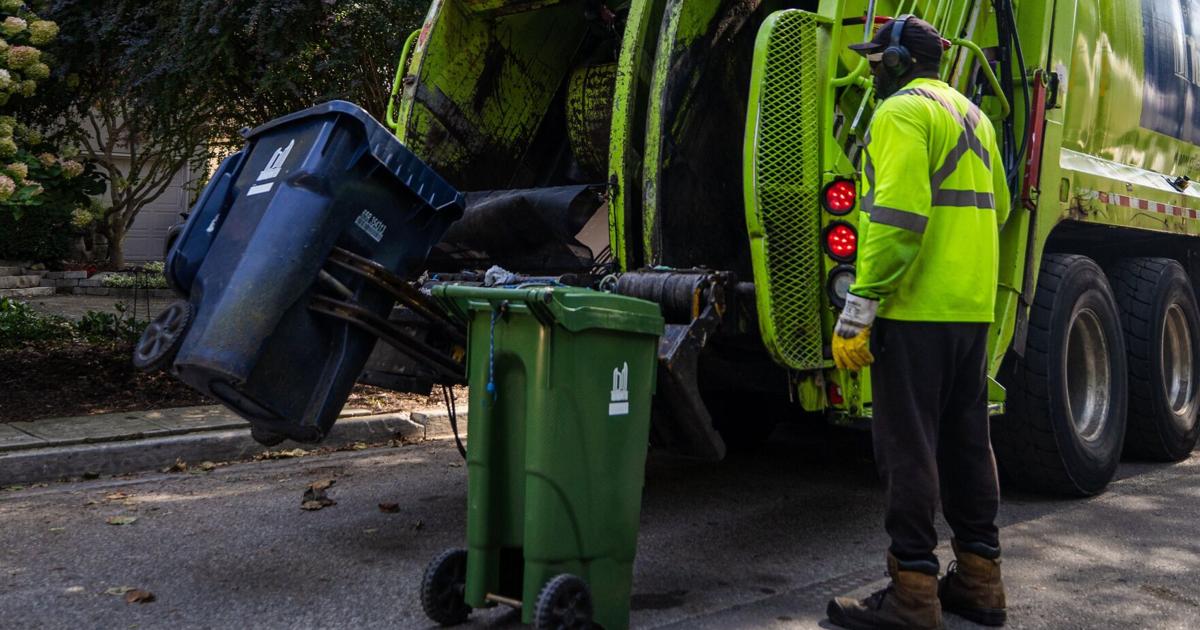By Sergey Mileshkin
Copyright pravda

At the dawn of his political career in the 1920s, Joseph Stalin developed a fascination with American automobiles, which were virtually absent in the Soviet Union after the Civil War. Particularly in the segment of cars for the leadership, the USSR had almost no domestic production. Following Stalin’s orders, Buicks, Lincolns, and Packards were imported. Stalin especially liked the Packard model 533, which he made his personal car.
The Packard Legacy
Remaining loyal to the brand, in 1933 Stalin upgraded to the Packard Twelwe. President Franklin Roosevelt, aware of Stalin’s preference, gifted him an armored Packard of the 14th family. Stalin used this vehicle until the Soviet special garage acquired a domestic armored car. However, the history of creating a Soviet armored limousine began earlier.
First Attempt at a Soviet Armored Car
In 1932, two Buick 30-90 cars arrived in Leningrad. The purpose was clear: to create a Soviet car that could match Western standards. At that time, copying “the cursed capitalists” was not considered shameful. One Buick was fully disassembled for study, while the other remained intact for engineers to examine. By spring 1933, the Leningrad factory “Krasny Putilovets” proudly rolled out the Soviet “Leningrad-1.” It was planned that serial production would begin the following year, starting with 2,000 cars annually and eventually reaching 20,000.
The cars were paraded on May 1 on Red Square and successfully completed a round trip from Leningrad to Moscow and back without a single breakdown. Soviet newspapers praised the achievement: “We can do no worse than the West!”
From Leningrad-1 to ZIS-101
Shortly thereafter, the L-1 project was halted for undisclosed official reasons. One explanation suggests that Likachev, head of ZIS, convinced Stalin to move production of government cars to the Moscow factory, which was more modern and had adopted assembly-line production in 1931. The Leningrad-1 documentation was transferred to ZIS, where engineers adapted it to local conditions, reinforcing the chassis and frame, replacing temperamental automatic clutches and adjustable shock absorbers with simpler components, and copying the Packard steering system.
The car’s exterior was redesigned with help from the American Budd company, which supplied an original body after 16 months at a cost of $500,000. The result was a unique vehicle combining elements from different models.
ZIS-110: The Iconic Soviet Limousine
The first prototype was shown to Stalin in 1936; he approved it but continued driving his armored Packard for official duties. Mass production of the ZIS-110 followed, with vehicles assigned to government officials, celebrities, and limited public lottery distribution. The armored variant, ZIS-101E, was built in 1940, tested by the NKVD, and underwent numerous modifications due to mechanical flaws such as inconsistent engine starts, air leaks, and braking issues.
Unique Innovations in Armored Vehicles
Soviet engineers introduced a fully welded armored capsule instead of attaching armor plates to a standard car. Each component had a factory number, the craftsman’s name, and even a bullet mark from testing. The bulletproof glass reached 7.5 cm in thickness, consisting of layers of tempered glass, acrylic, and air gaps to absorb energy. Integrated tubes with absorbent powder prevented condensation. Heavy doors required hydraulic lifts to operate the windows.
ZIS-115 and Later Developments
The vehicle’s final iteration, the ZIS-115, was produced from 1949 to 1955, weighing 400 kg less than its prototype. It featured a 6-liter engine with 162 horsepower (some variants 140 HP), a three-speed manual transmission, a top speed of 110 km/h, and fuel consumption around 30 liters per 100 km. The interior was luxurious: fabric upholstery with eiderdown, lacquered birch dashboard, leather front seats, foldable rear seats, reading lights, ashtrays, umbrella compartments, a color-changing speedometer, and retractable running boards.
Legacy of the ZIS-115
A total of 54 ZIS-115 vehicles were produced. Stalin used the car for the last three years of his life. Armored car production halted for decades afterward, with the ZIS-115 (later ZIL-115) remaining in service until 1993. In the 1950s, a ZIS-115 cost 800,000 rubles, compared to 16,000 rubles for a standard Pobeda. Today, the vehicles are highly valuable collector’s items, with some displayed at the Technical Museum in Arkhangelsk and others in private collections, valued at around 270 million rubles.



